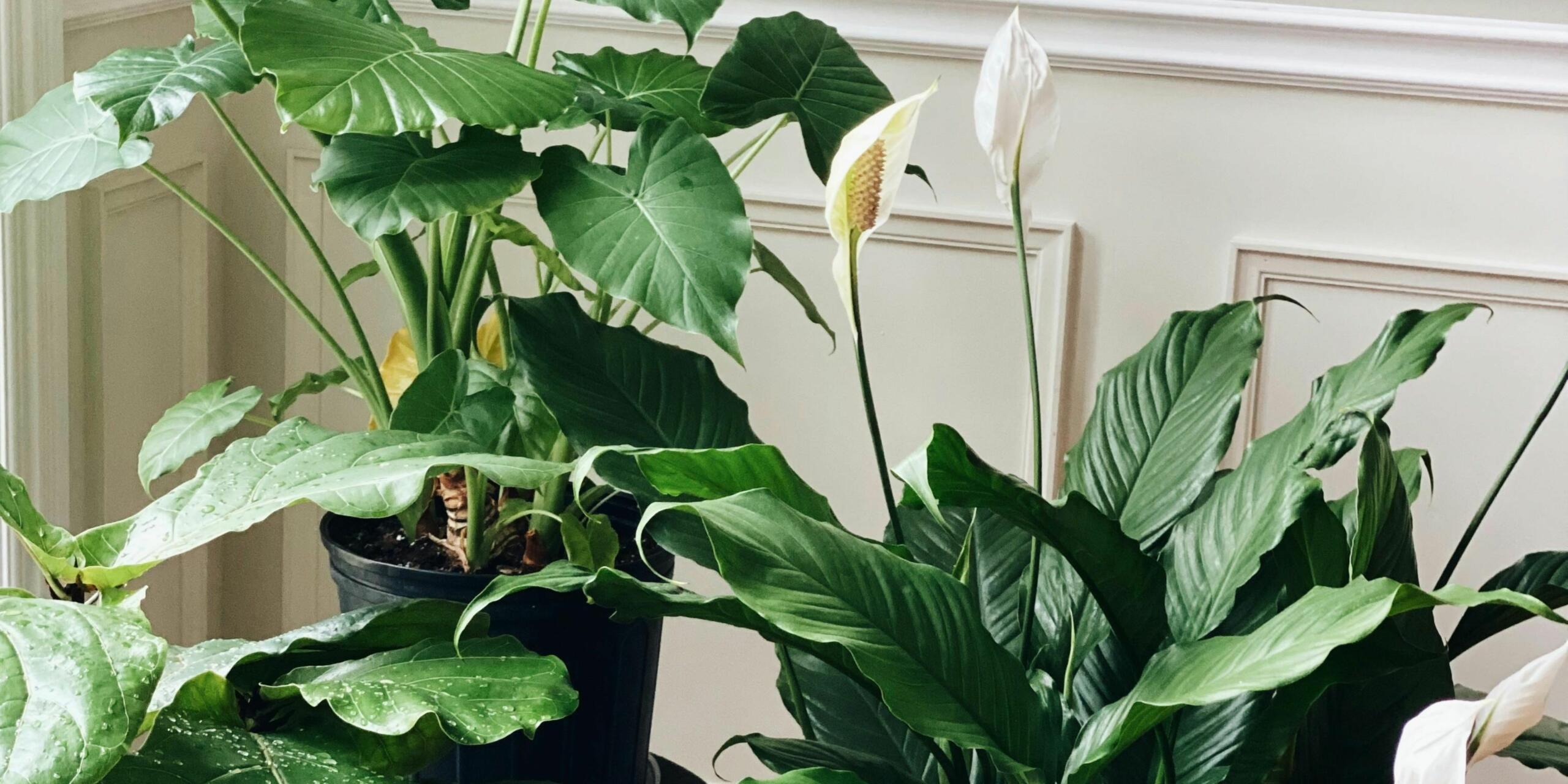Peace Lily Care Guide: Tips For Healthy Growth And Blooms
Embark on a journey to nurture healthy growth and abundant blooms in your beloved peace lily with our comprehensive Peace Lily Care Guide. With their elegant foliage and striking white blooms, peace lilies are not only aesthetically pleasing but also renowned for their air-purifying qualities. Whether you’re a seasoned plant enthusiast or a beginner with a green thumb, this article will provide you with invaluable tips and insights to ensure your peace lily thrives in any indoor space. From optimal lighting conditions to watering schedules and troubleshooting common issues, discover how to cultivate a flourishing and vibrant peace lily.
Understanding the Peace Lily Plant
Peace lilies, with their graceful foliage and serene white blooms, are prized additions to any indoor space. These plants, belonging to the Spathiphyllum genus, come in various sizes and varieties, but they all share the same stunning appearance. With their lush, dark green leaves and delicate flowers, peace lilies add a touch of elegance to any room. Beyond their aesthetic appeal, peace lilies are renowned for their air-purifying properties, making them not just beautiful, but beneficial to your indoor environment.
Environmental Requirements
To keep your peace lily thriving, it’s essential to understand its environmental preferences. These plants prefer bright, indirect light, making them perfect for areas with filtered sunlight. While they can tolerate lower light conditions, too much direct sunlight can scorch their leaves. Additionally, peace lilies thrive in warm, humid environments, mimicking their natural habitat in tropical regions. If your home tends to be on the dry side, consider using a humidifier to create a more suitable atmosphere for your peace lily.
Watering Techniques
Proper watering is crucial for the health of your peace lily. These plants prefer consistently moist soil but can suffer if overwatered. Check the soil regularly, and water when the top inch feels dry to the touch. When watering, make sure to thoroughly moisten the soil without allowing water to accumulate in the saucer beneath the pot. Over time, you’ll develop a watering routine that keeps your peace lily happy and hydrated.
Nutritional Needs
Like all living organisms, peace lilies require nutrients to thrive. Fertilizing your plant every few months during the growing season provides it with essential minerals and promotes healthy growth. Choose a balanced fertilizer specifically formulated for houseplants, and dilute it according to the package instructions to avoid overfeeding. With the right nutrition, your peace lily will reward you with lush foliage and abundant blooms.
Pruning and Maintenance
Regular pruning and maintenance help keep your peace lily looking its best. Remove any yellowing or dead leaves to improve the plant’s appearance and prevent the spread of disease. Additionally, trim off spent blooms to encourage the development of new flowers. If your peace lily becomes crowded or outgrows its pot, consider repotting it into a larger container to give its roots room to grow.
Pest and Disease Management
Despite your best efforts, pests and diseases can sometimes affect your peace lily. Common pests include spider mites, aphids, and mealybugs, which can infest the plant if not promptly addressed. Inspect your peace lily regularly for signs of infestation, such as webbing, sticky residue, or distorted leaves. If you detect any pests, treat the plant with insecticidal soap or neem oil to eliminate the invaders and prevent further damage.
Troubleshooting Common Issues
Even with proper care, peace lilies can encounter problems such as yellowing leaves, wilting foliage, or lack of blooms. Understanding the underlying causes of these issues is key to resolving them effectively. Factors such as improper watering, inadequate light, or nutrient deficiencies can all contribute to plant problems. By identifying and addressing these issues promptly, you can help your peace lily regain its health and vitality.
Propagation Techniques
Sharing the beauty of your peace lily with friends and family is easy with propagation. Peace lilies can be propagated through division, allowing you to create new plants from existing ones. To propagate your peace lily, carefully divide the root ball into smaller sections, ensuring that each division has several healthy stems and roots. Plant the divisions in separate pots filled with well-draining soil, and keep them warm and moist until new growth emerges. With patience and care, you’ll soon have a collection of thriving peace lilies to enjoy and share with others.
Conclusion
By understanding the needs of your peace lily and providing it with the proper care, you can ensure that it remains a beautiful and vibrant addition to your indoor space. From providing the right light and moisture to addressing pests and diseases, each aspect of care plays a crucial role in the health and vitality of your plant. So go ahead, put these tips into practice, and watch your peace lily flourish before your eyes.
Here are some other blogs that make your Green Space Greener!
- Gardening Calendar Blogs
- Sustainable Gifting Ideas
- Gardener Stories
- Garden Care Blogs
- Miniature Garden Decor
- Gardening Workshops
Have a look at some amazing Videos on Gardening that might help you!
- Tips on planting homegrown plants and creating art with them as a beginner.
- How to preserve, plant, and grow flower seeds in monsoon, winter, and other seasons.
- Growing different vegetables, winter vegetables especially, and tips and tricks to preserve.
- Preserving fruits such as strawberries, Papaya, watermelon, muskmelon, etc.
- Know all about microgreens using examples such as microgreen spinach, microgreen sunflower, microgreen mustard, microgreen flax, etc.
- Using gardening tools such as pots, trays, growing bags, moss sticks, watering cans, etc.
Here are some Workshops that might help you if you are new to Gardening!
- Convert your small space into a green jungle.
- How to upcycle DIY’s for home decor
- Watch our workshop on using biochemical enzymes instead of chemicals in gardening.
- Workshop on stepping towards sustainability.

